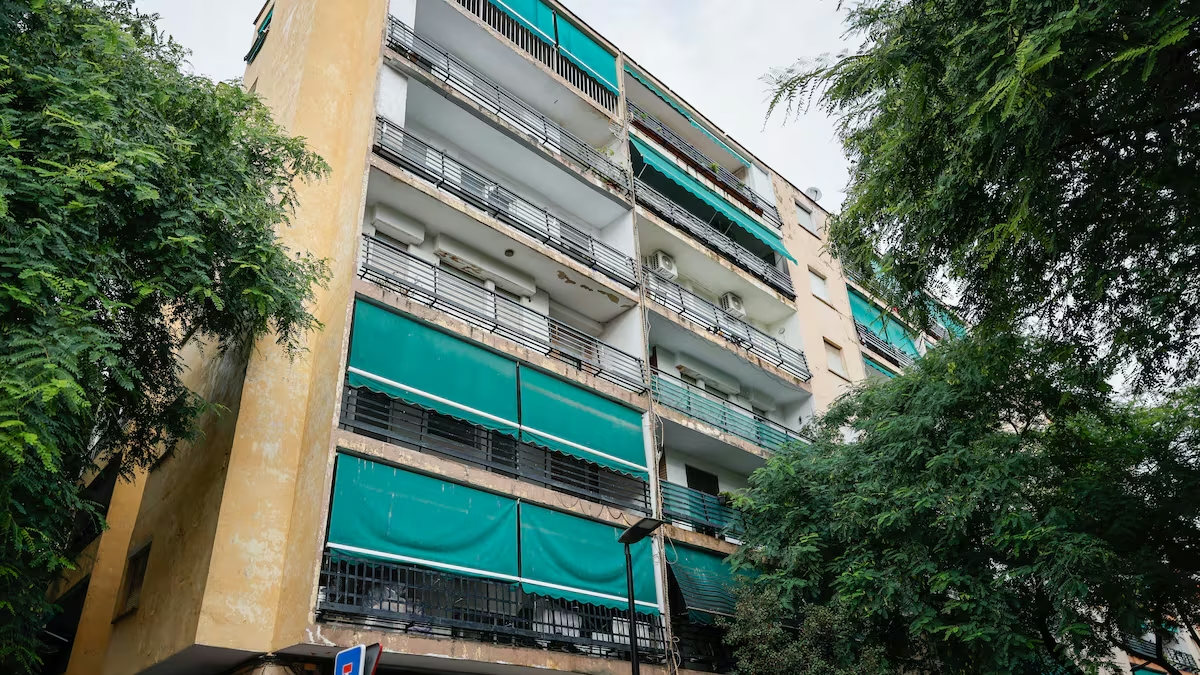Basically, the country pays more, less or the interest rate established at the time of the bond’s launch, depending on the result of whether or not it managed to meet those indicators.
Last June, the MEF released the first annual report of the Bond Indexed to Climate Change Indicators (BIICC, SBL for its acronym in English), a tool with which Uruguay It was placed at the forefront of new forms of financing worldwide.
According to the report, written by the Debt Management Unit (UGD), The two indicators that make up the sustainable bond showed disparate behavior.
The Bond Indexed to Climate Change Indicators is composed of two performance indicators (KPI), one linked to the reduction in total gross emissions of carbon dioxide per unit of real GDP (KPI-1) and another related to the maintenance of the area of native forests.
During 2021, KPI-1 achieved a 41% reduction in the intensity of aggregate gross carbon dioxide emissions per unit of real GDP, compared to 1990 levels (reference year for BIICC indicators). However, the indicator fell in relation to the pre-pandemic, when the reduction in emissions of the main component of greenhouse gases was 48%.
He Ministry of Economy and Finance He explained that this is due to “a 10.7% increase in aggregate gross carbon dioxide emissions between 2019 and 2021, and an accumulated contraction of 1.3% in real GDP terms in the same period.”
According to the report, the process of exporting electricity to Argentina and Brazil in 2021, which were supplied with fossil fuels, and the use of synthetic nitrogen fertilizers in the countryside, linked to the strong expansion of the cultivated area of wheat, rapeseed, barley, corn and rice in Uruguay.
Meanwhile, the real GDP of Uruguay The post-pandemic contraction has not yet been recovered, so it remains at low levels, the UGD added in the text.
All this leads to the performance indicator of emissions reduction is currently 9 percentage points below the 50% goal established for 2025.
Meanwhile, KPI-2 reached 100% maintenance of the native forest area in 2021, compared to the 2012 baseline. “This is mainly explained by natural regeneration plans, increased coverage and restoration. In particular, the native forest cover in Uruguay has increased in areas of low agricultural pressure such as the mountains (Serrano forest) and in places where the river forest is fragmented,” the annual report states.
Thus, the Ministry of Economy projects that the indicator linked to native forests will not only meet the goal, but Uruguay is set to achieve a second, more ambitious goal by 2025, which is to increase 3% above the goal of maintaining 100% forest area.
Source: Ambito




